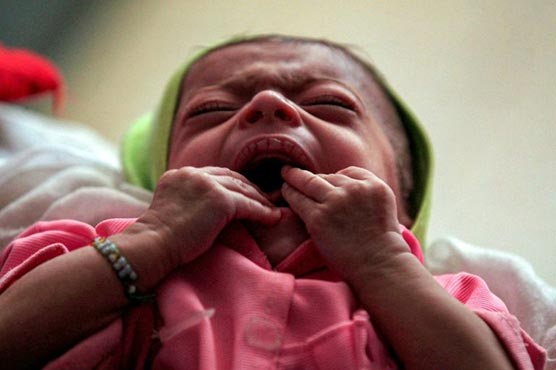Hunger on the rise worldwide as 821 million affected, says UN

After decades of decline, food insecurity began to increase in 2015
(AFP) – More than 821 million people suffered from hunger, food insecurity and malnutrition worldwide last year, the United Nations reported Monday -- the third year in a row that the number has risen.
After decades of decline, food insecurity began to increase in 2015 and reversing the trend is one of the 2030 targets of the UN s Sustainable Development Goals.
But getting to a world where no one is suffering from hunger by then remains an "immense challenge," the report said.
"The State of Food Security and Nutrition in the World" was produced by the UN Food and Agriculture Organization (FAO) and other UN agencies including the World Health Organization.
"To safeguard food security and nutrition, it is critical to already have in place economic and social policies to counteract the effects of adverse economic cycles when they arrive, while avoiding cuts in essential services, such as health care and education, at all costs," it said.
The authors said a "structural transformation" was needed to include the poorest people in the world, a move they said would require "integrating food security and nutrition concerns into poverty reduction efforts" while tackling gender inequality and the exclusion of certain social groups.
Malnutrition remains widespread in Africa, where around 20 percent of the population is affected, and in Asia where more than 12 of people experience it. In Latin America and the Caribbean, seven percent of people are affected.
Adding the number of people suffering from famine to those hit by food insecurity gives a total of more than two billion.
The FAO said current efforts were insufficient to meet the goal of halving the number of children whose growth is stunted by malnutrition by 2030.
Around 149 million children currently suffer from hunger-related growth delays.
At the same time, the report notes that obesity and excess weight are both on the rise in all regions, with school-age children and adults particularly affected.


